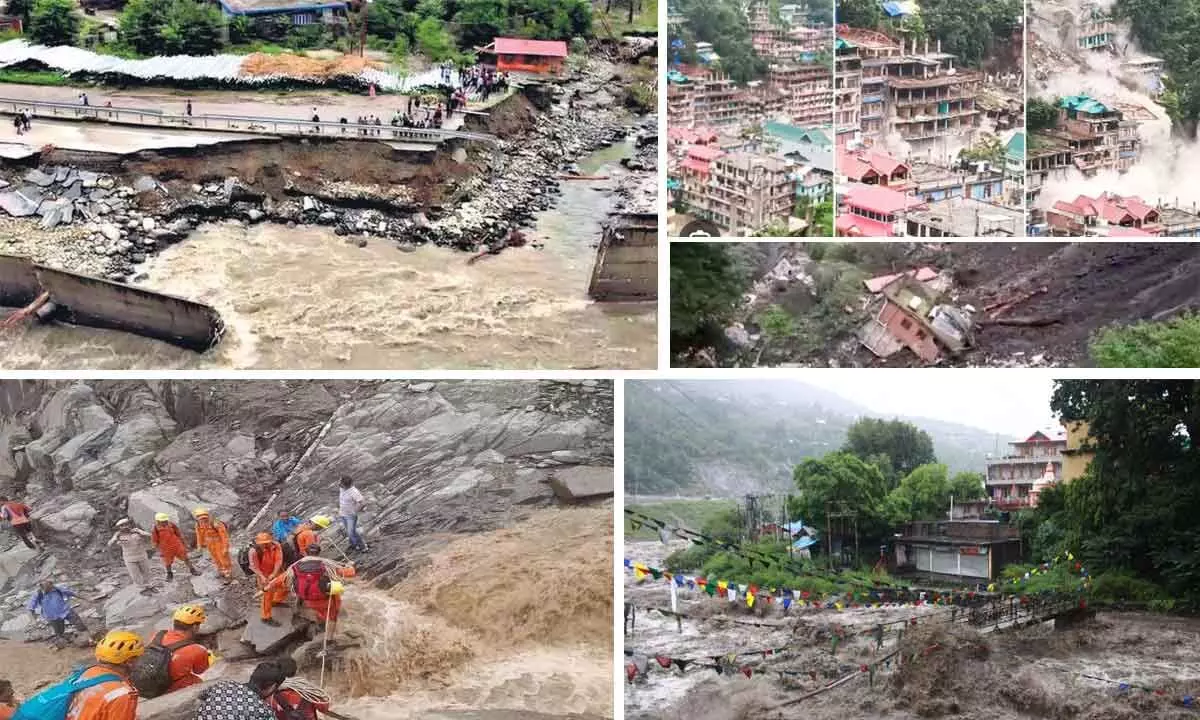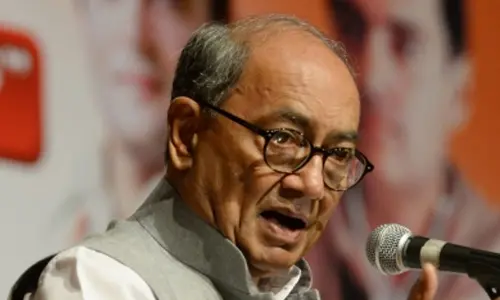Governments turn virtually silent, act blind to crises

Himachal Pradesh is a multi-hazard prone state. It comes under zone III and IV, according to the seismic hazard zone map of India. The state of Himachal Pradesh has been facing widespread and extensive damages almost every year because of natural calamities, unprecedented droughts situation, excessive rains, snow and flash flood due to cloud burst etc. which have been taking its toll of human lives, cattle heads, destruction of public utilities, roads, bridges, footpaths, culverts, landslides and washing away of drinking water supply and irrigation schemes and damage to public and private properties making a dependent into the already fragile economy of the state.
Today, the State is witnessing what it has been undergoing since long destruction due to developmental activity of an unprecedented scale. Why has not Himachal Pradesh learnt from the past occurrences of similar calamities? A natural calamity of gigantic magnitude struck the Satluj Valley on the intervening night of July 31, 2000. It led to an unprecedented rise in the water level of Satluj River from Tibetan plateau throughout the entire length of about 250 km up to Govindsagar Lake. The rise in the level of water, according to eyewitnesses, was reported up to 60 feet above the normal levels. The flash flood was termed as the one that occurs once in 61,000 years. It is almost impossible to design technical specifications for all kinds of infrastructures to cater to such a rare incidence. It is obvious that such natural calamities would cause unprecedented loss of human life, livestock, public and private property and would also erase from the surface and existing of physical infrastructure. It has led to extensive damage to about 200 km of road length, washed away 20 bridges and 22 Jhulas and badly damaged 12 bridges. About 1,000 irrigation, sewerage, flood protection and water supply schemes have been considerably damaged and some of these have been completely destroyed.
We are not talking about the loss of human life. The floods of 2000 left many living dead in the State. Extensive damage has taken place in the already executed Hydel Projects as also those under execution including the prestigious Nathpa Jhakri project. These calamities have turned the clock backwards in time by several decades in terms of availability of the infrastructure. The area has been completely cut off. The availability of essential commodities has been disrupted and reaching relief teams in the areas of worst incidence has been rendered impossible.
Again in 2005, we saw flash floods in Satluj during the monsoon period that left a similar damage of an equally disastrous scale. As usual flood management, land use methods, mitigation processes and community awareness had all been discussed in 2005, too. We are in 2023 and we will discuss these issues once again. The queen of the Indian hill stations is dying a violent death every time a disaster strikes it. It does not become a national priority nor does it become a continuous banner of our news channels. The governments have only nurtured the virtues of silence and mastered the art of silencing dissent, be it in Manipur, Uttarakhand or Himachal Pradesh. We can send anything up into the sky to celebrate. Nothing wrong with it. But we must also learn how to handle what the skies give us or don’t give us. Brushing every problem under the carpet does not amount to governance. Hope sense dawns on our rulers in time.
















